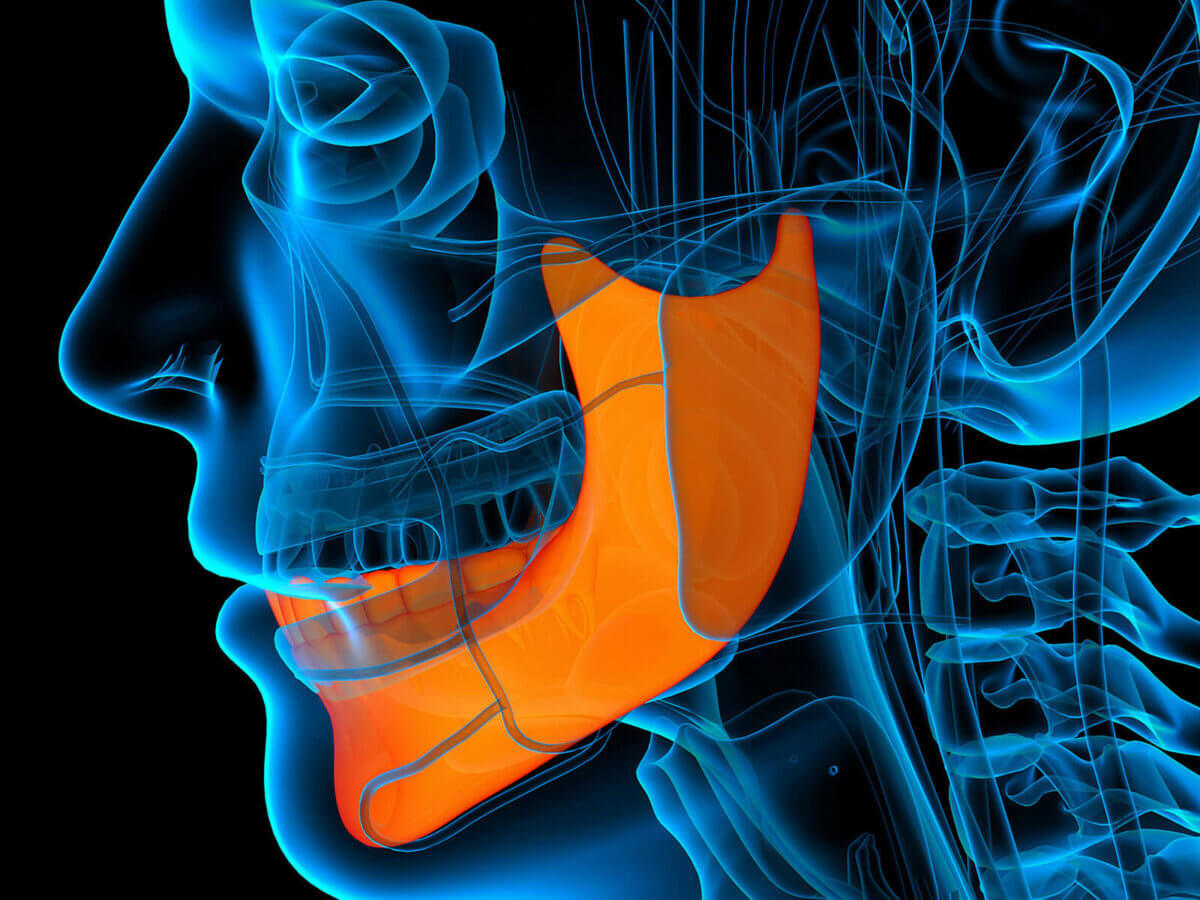Blog
Dental hygiene tips for healthy teeth & gums

How Long Does It Take To Get Used To A Dental Bridge?
A dental bridge is a popular and successful way to replace missing teeth, restoring both function and aesthetics to the mouth. Individuals who have recently acquired implants may wonder how long dental bridge adaptation takes.
In this detailed guide, we will look at the elements that influence the adaptation time, provide insights into adjusting to dental prosthetics, and provide advice for a more comfortable transition to life with a dental bridge.
Dental Bridges Explained:
Dental bridges are prosthetic devices that fill the gap left by one or more lost teeth. Bridges are constructed to match natural teeth’ color, shape, and size, resulting in a seamless and effective repair.
Dental Bridge Adaptation Period Influencing Factors:
1. Bridge Type:
The dental bridge can affect the adjustment to dental prosthetics. Traditional bridges supported by natural teeth may feel slightly different from implant-supported bridges. Implant-supported bridges are frequently more sturdy and realistic.
2. Missing Teeth Placement:
The missing teeth within the mouth can affect the Adjustment to dental prosthetics. Bridges that replace front teeth may be more visible while speaking and smiling, necessitating a temporary adjustment period.
3. Individual Sensitivity:
Each person has a different threshold for sensitivity and adaptation. Pain tolerance, oral sensitivity, and overall health can all impact how quickly a person adjusts to a dental bridge.
4. Correct Fit and Bite Alignment:
A well-fitting dental bridge that matches the regular bite pattern aids in a more comfortable adjustment. The individual may take longer to adapt if fit or alignment concerns exist.
5. Oral Hygiene Procedures:
Good oral hygiene surrounding the dental bridge is essential for a smooth transition. Brushing, flossing, and professional dental cleanings all assist in preventing problems like gum inflammation and foul breath.
6. Denture Adhesives:
Denture adhesives can affect the adjustment procedure for removable bridges or partial dentures. Some people may enjoy adhesives’ increased rigidity, while others may find it redundant.
The Process of Adjustment:
1. Initial Sensations:
Individuals may feel heightened awareness and sensations in the first few days after having a dental bridge. This is a standard component of the adjustment process as the mouth adjusts to the prosthetic’s presence.
2. Speech Adaptation:
A dental bridge adaptation may take some time. Practicing speech, particularly with complex sounds, can improve articulation and build confidence.
3. Chewing Comfort:
People may find it difficult to chew with a dental bridge. Begin with softer foods and eventually return to a regular diet as the mouth adjusts to the new repair.
4. Gum Sensation:
Initially, the gums around the dental bridge may feel slightly different. This is a natural sensation as the soft tissues acclimatize to the presence of the prosthetic. Any discomfort should go away as the gums adjust.
5. Follow-up sessions:
It is critical to schedule follow-up sessions with the dentist to monitor the adjustment process. The dentist can adjust the bridge’s fit or alignment to ensure maximum comfort and function.
Tips for an Easy Transition:
a. Read Aloud or Practice Speech Exercises:
Reading aloud or practicing speech exercises can help people acclimatize to speaking with a dental bridge. This can boost your confidence and articulation.
b. Begin with Soft Foods:
First, concentrate on softer foods requiring less chewing effort. Gradually add a range of foods to the diet when comfort improves.
c. Maintain Good Oral Hygiene:
Good oral hygiene practices are essential for avoiding problems such as gum inflammation and poor breath. Brushing and flossing around the dental bridge regularly, as well as expert dental cleanings, help to maintain oral health.
d. Be Patient:
During the adjustment stage, patience is essential. Individuals may need a few weeks to feel at peace with their dental bridge. It is critical to give the mouth time to adjust naturally. It may take some time to get used to a dental bridge.
Conclusion:
The adjustment period to a dental bridge varies from person to person and is influenced by several factors. While early feelings and alterations in speech and chewing are normal, most people adjust to their dental bridge in a few weeks. Proper oral hygiene practices, follow-up dentist checkups, and patience are necessary for a smooth transition to life with a dental bridge. Individuals can gradually enjoy a well-fitted dental bridge’s restored function and aesthetics.
